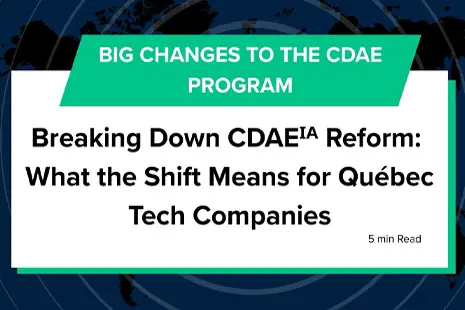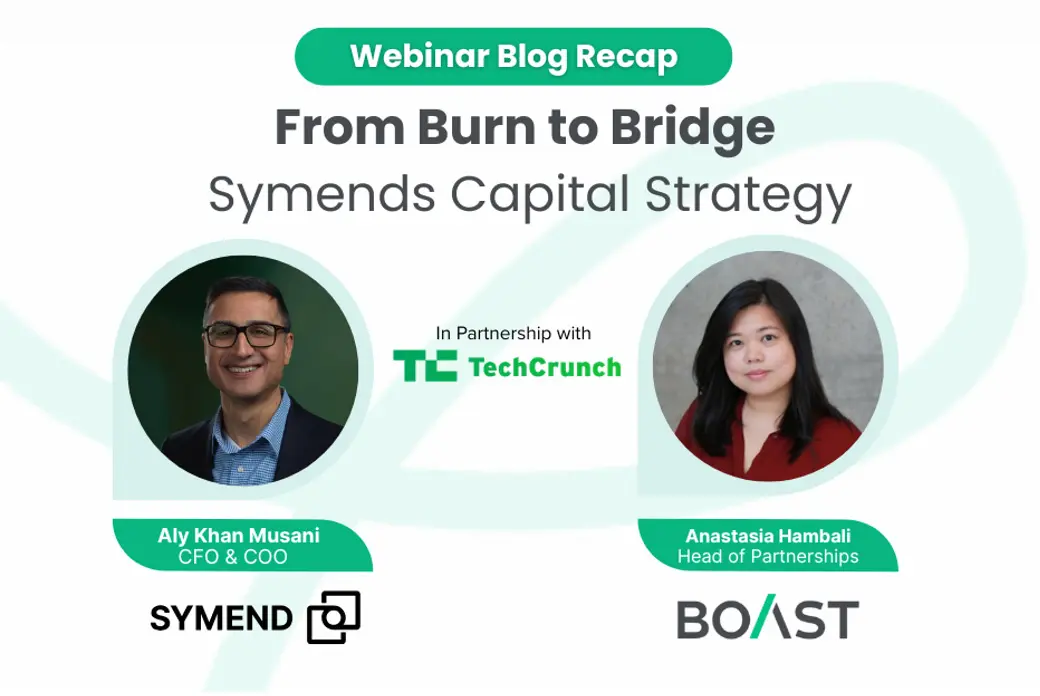Despite only entering the lexicon in 2013 (thanks, Y Combinator!), SAFE notes are now among the go-to mechanisms for angel, pre-seed and seed-round fundraising. That’s because a SAFE—aka a simple agreement for future equity—tends to be a more favorable option for founders compared to convertible debt, offering (among other benefits) both no interest rate and no maturity date.
These differences are important for a few reasons.
- For starters, while convertible debt typically only has a small interest rate between 2-4 percent, the figure compounds over time. This inevitably gives owners of the convertible debt a greater share of equity as the startup matures, potentially diluting the founder’s stake in their own business.
- As for the benefits of SAFE notes having no maturity date: While many investors are obliged to rollover or even extend a convertible note as the startup grows, others could use the maturity date to effectively ‘cash out,’ impacting the startup’s trajectory at key growth stages.
How a SAFE note work
The core function of SAFE notes is to allow a company that’s just starting out to postpone valuation while still raising funds to fuel their roadmap. This is important to founders because there’s often very little data at those angel, pre-seed and seed-round fundraising stages to accurately inform a fair future value.
The SAFE note lifecycle generally follows this trajectory:
- An investor (or multiple; see Most-Favored Nation Provisions below) provides seed money: The founder promises future equity in exchange.
- With funding secured, the founder builds their business and embarks on growth.
- After the business is established and founders are ready to start the next round of fundraising, they receive a post-money valuation.
- With this valuation in hand, the founder then calculates a share price for future inventors.
It’s at this point that the SAFE note gets converted into shares—basically giving those early investors their promised equity in the business.
Benefits for both founders and investors
Despite initial appearances, SAFE notes aren’t lopsided in benefiting founders; they’re an appealing option to early-stage investors for numerous reasons.
While these agreements don’t have a maturity date, for instance, many come with a valuation cap that’s agreed upon by founders and investors. These caps set a limit on the price at which the notes convert to equity once the startup embarks on its next round of funding.
This is ultimately one way that early investors can use SAFE notes to get a better price per share than future investors.
Similarly, many SAFEs come with discounts built-in for early investors to sweeten the pot. These are usually in the form of a 10-30 percent discount on the purchase of future converted equity. For instance, if a startup eventually receives a $10 million valuation with new shares for sale at $10 a pop, SAFE note holders who agreed to a 20 percent discount during early-stage investment can buy those same shares for just $8.
This ultimately gives early investors—ie. those who helped get the startup off the ground with initial funding—the ability to claim greater equity in the company once it’s matured at a lower price than the market rate.
Caveat 1: Most-Favored Nation Provisions
As mentioned above, things can get tricky when startups attempt claiming multiple safe notes to launch. As such, there’s a “first dibs” stipulation built into many SAFE notes that gives the initial investors the right to review any subsequent SAFEs and modify their original terms accordingly (ie. if the second SAFE note is given a bigger discount or lower valuation cap, the holder of the first SAFE note can opt to mirror those terms.)
Caveat 2: Pro-Rata Rights
Also known as participation rights, Pro-Rata terms allow investors to add more to their investment so that they can keep their percentage of ownership during future equity financing.
4 Primary types of SAFE Notes
There are generally four ‘flavors’ of SAFEs that founders can leverage that mix-and-match the benefits for investors. While all agreements are custom, the type of SAFE note a founder leverages is contingent upon numerous factors beyond just maturity (ie. industry, founder track record, extent of product development, etc.). The four overarching formats include:
- A valuation cap, but no discount
- A discount, but no valuation cap
- A valuation cap and a discount
- No valuation cap and no discount
Pros and Cons of SAFE notes for founders
In a nutshell, SAFE notes are simply less complex than other options for funding when companies are just starting out. They are typically no longer than a few pages, and don’t include any of the timeline stipulations or interest data that comes with a standard convertible note.
Many SAFEs are also built in with important protections for founders, offering contingencies in the event of leadership changes, early exits, dissolution or even bankruptcy. An added bonus: Because these agreements are generally more ‘bare bones’ compared to convertible notes, there are fewer points of negotiation for founders and investors to parry over.
There are, of course, risks.
On the one hand, SAFE agreements only really pay out if the company succeeds. While this is primarily a risk for investors who want to see their note convert to equity, it puts a lot of pressure on founders to deliver.
Companies also have to be formally incorporated in order to partake in SAFE note negotiations. With many startups existing as LLCs, they’ll need to go through the process of restructuring as a C-Corp, which comes with its own fees and processes that could be expensive at such an early stage.
There’s also no minimum requirement for equity to convert, which limits the founder’s ability to readjust the note’s terms, giving smaller investors the opportunity to compete.
But perhaps the prevailing risk is that SAFE notes are very new in the world of financing. As such, there’s not a lot of evidence to show how these agreements play out in the long term, as the most mature deals were only drafted within the past 10 years.
Find the right partner to develop your capital strategy
At the end of the day, SAFEs are just one avenue for funding that founders should explore to fuel their early-stage startup.
Despite what Shark Tank has taught many of us, founders don’t inherently need to hand over equity to gain access to the capital they need to extend their runway.
Thousands of startups and scaleups across North America partner with Boast to not just claim R&D tax credits that are critical to early-stage product development, but to optimize their capital strategy in tandem with their R&D workflows.
By actively tracking activities that may qualify for non-dilutive funding, Boast AI offers a system of intelligence for businesses to maximize their claims, extend their runway, and retain ownership of their unique innovation.
To learn more about how Boast has helped teams across the United States and Canada achieve growth, schedule a call with our team today.
Talk to an expert from Boast AI today to learn more about how we combine cutting edge technology with years of expertise—and a founder’s POV—to optimize your R&D and fund your innovation.


